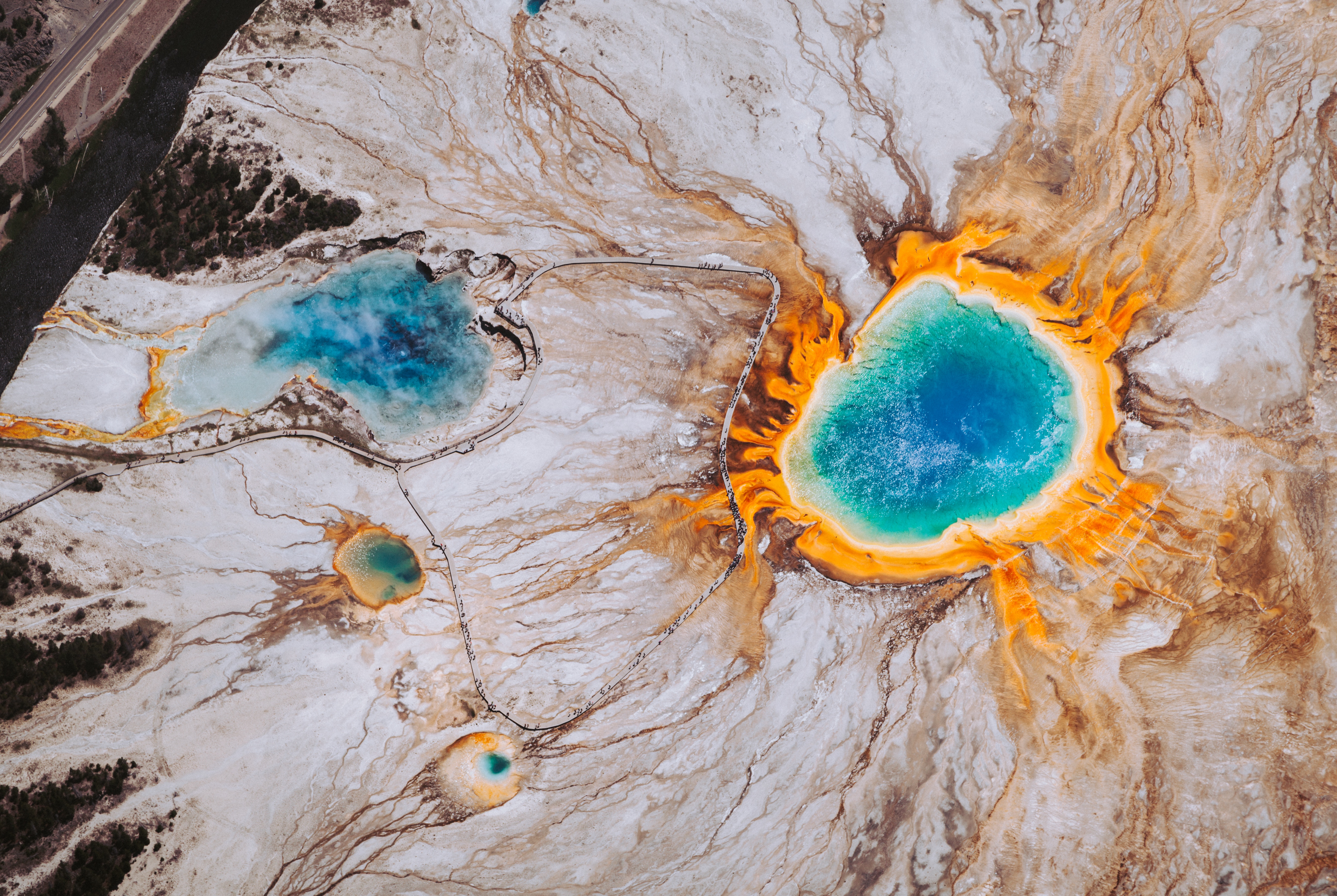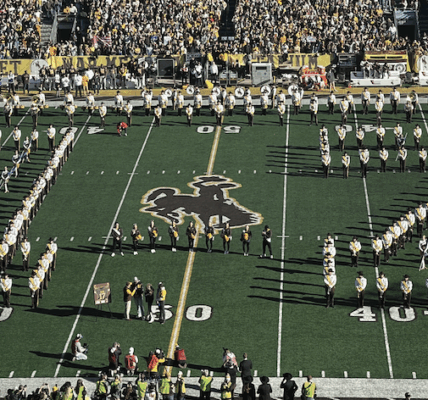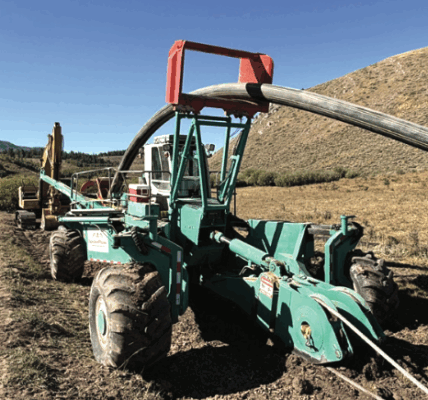By Mike Koshmrl
Jackson Hole News&Guide
Via Wyoming News Exchange
JACKSON — There is no newfound heightened threat of the Yellowstone volcano exploding despite some alarmist reporting to the contrary.
It was the U.S. Geological Survey’s update to its volcanic threat assessment report that spurred the latest eruption of misleading online stories about Yellowstone’s long-dormant caldera. When the federal agency released the report late last week, several news outlets pounced, running inaccurate click-bait-worthy headlines.
“That is disappointing,” said Michael Poland, a U.S. Geological Survey geophysicist who leads the Yellowstone Volcano Observatory. “That was something we tried to make very clear.
“Really,” he said, “there’s no change from the 2005 report.”
Despite that, some headlines concluded otherwise. One headline read: “Government scientists just raised the threat level for Yellowstone eruption to ‘high.’”
In fact, the threat level assigned to the volcanic caldera that’s centered about 70 miles north of Jackson was classified as high in 2005. In 2018 the threat was again classified as high.
Thirteen years ago, the USGS considered the Yellowstone caldera to be the 21st most threatening volcano in the United States. Its threat ranking in the updated report publicized last week was also 21st.
The only discernible changes to how Yellowstone is classified in the latest report are minor adjustments to its “overall” and “aviation” threat scores. The massive caldera responsible for the uplift that created the Yellowstone Plateau earned an overall threat rating of 107 in the 2005 report, but that was elevated to 115 in the latest report. Likewise, the aviation threat score rose from 24 to 27.
The reason for the adjustments, Poland said, is likely because of changes to the population and built environment in and around the Greater Yellowstone Ecosystem.
The USGS’s threat assessment is not a ranking of which volcanos are most active or likely to erupt, but rather a quantification of their relative threat to people and property. Twenty-four factors go into the score, ranging from the average recurrence, aviation activity in the area and the potential scope of an eruption.
Although the Yellowstone caldera hasn’t erupted big time in 630,000 years or produced surface magma flows in 70,000 years, its potential for catastrophic, world-changing explosions buoys its position on the USGS’s threat assessment. Poland wrote about it this week in the Yellowstone Volcano Observatory’s blog, Caldera Chronicles.
“The system reached its lofty ranking (compared to other volcanoes in the country),” Poland wrote, “because of the long-past history of very large explosions, more recent history of steam explosions, observed seismic, deformation, and degassing activity, and the presence of a population (over 4 million people visit Yellowstone National Park each year).”
Topping the USGS’s threat assessment is Hawaii’s actively erupting Kilauea volcano, followed by Washington’s Mount St. Helens and Mount Ranier.
In all, there are 18 “very high”-threat volcanoes, and 38 other magmatic features joining the Yellowstone caldera in the “high”-threat category. There were 49 “moderate,” 34 “low” and 21 “very low”-threat volcanoes, for a total of 161 volcanoes classified by the USGS — a decrease of eight since the last report.
Changes were made because of improvements in monitoring and science, the report says, including an improved understanding of volcanos’ historic eruptive activities and periods of unrest.
The never-ending stream of news coverage about Yellowstone’s seismic and geothermal features no doubt feeds speculation that the caldera is inching nearer eruption. This year, for instance, the Steamboat Geyser’s 24 eruptions — the most in 54 years — grabbed headlines around the world. In 2017 it was an earthquake “swarm” of hundreds of tiny temblors that caught the attention of supervolcano conspiracy theorists and media outlets receptive to their message.
But, experts say, these phenomenona are not indications of fundamental changes in the magma chamber underlying Yellowstone, which is fed by a partially molten magma plume that’s believed to reach all the way to the Earth’s core.
Moose resident and University of Utah geophysics professor Bob Smith reiterated Poland’s points about the threat level’s stability.
“This current flurry at Steamboat Geyser of course is very important, but it doesn’t mean the overall hazard changed,” Smith said. “In Yellowstone there’s nothing particularly new.”
Smith and other Yellowstone caldera experts have long battled with sensationalistic media in the effort to maintain sensibility about the likelihood of a supervolcanic Yellowstone eruption. Once a week or so, he said, it seems someone “jumps on anything” and puts out a report misleadingly suggesting a heightened risk. British tabloids, especially London’s Daily and Sunday Express, have been some of the most notorious purveyors of the misinformation.
One reason for the undue alarmism is that it generates clicks, which are moneymakers for websites that depend on online advertising.





